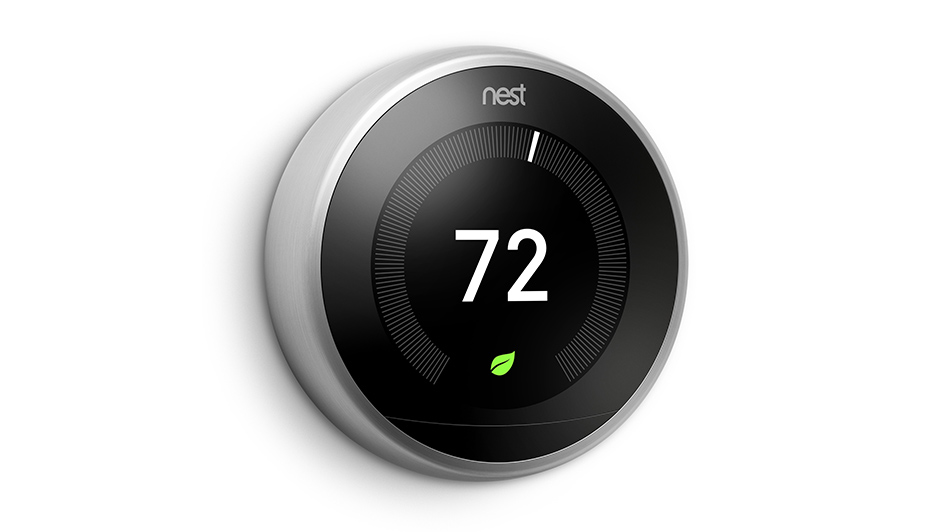
The Nest thermostat is one of the top-selling smart thermostats you can get. And for good reason. It learns your temperature preferences and creates an energy-efficient schedule to match. And by geofencing with your phone, the Nest Learning Thermostat and Nest E realize when you’re at your house or gone and can change temperatures to help you save even more.
The Nest is compatible with a wide range of 24-volt heating and cooling systems, but it’s always a wise idea to visit the Nest thermostat compatibility checker before purchasing one. Don’t forget to contact your energy supplier for valuable rebates, as you may be able to get a Nest for free or close to it.
Once you’ve confirmed it’s compatible, you can either hook it up without help or hire a HVAC professional like HCE Systems. If you’re putting it in without help, you’ll see a terminal for the C-wire, or common wire. This wire is solely used for powering your thermostat. If your house or HVAC system is older, you might not have one of these wires. In the majority of cases, Nest says this isn’t an issue since the thermostat can get enough power from other heating and cooling wires.
In some instances, your heating and cooling system may have to have that C-wire. And here’s why.
Why Your Nest Keeps Losing Power and Other Issues
The Google Nest Thermostat is better than outdated programmable thermostats that use a combination of wiring and AA batteries for power. It relies on a rechargeable lithium-ion battery and wiring to connect to Wi-Fi, power its digital display and turn on your heating and cooling system.
8 Common Nest Thermostat Malfunctions
If it can’t receive enough electricity, Nest says you may run into some of these issues:
- Bad battery life.
- Thermostat motion sensing is disabled.
- Your thermostat every now and then disconnects from Wi-Fi.
- Your system abruptly turns on or off, or won’t turn off.
- Your system is making odd noises, including chattering, stuttering, clicking or thumping.
- Heating or cooling is short cycling, or repeatedly turning on and off in a short period of time.
- There is a delay notification on your Nest thermostat’s screen, such as “heating is delayed for 2:30 minutes.”
- The system fan is continuously on, won’t turn on or turns off and on rapidly in a short period of time.
You may worry something is wrong with your heating and cooling system, but if you just installed the Nest, we suggest you start with your thermostat initially. This is especially pertinent if the weather is temperate, and you haven’t been running your heat or air conditioning consistently.
Our Pros Can Resolve Nest Thermostat Problems
If you’ve tried Nest thermostat troubleshooting on your own but can’t solve the issue, a smart thermostat pro such as one from HCE Systems can support you. We can pinpoint the problem and add a C-wire, if needed.
Smart thermostats like the Nest are created to make your life more convenient, by automatic energy-efficient programming and the opportunity to check temperatures while you’re out. It’s a frustrating experience when yours won’t operate correctly, but our heating and cooling experts at HCE Systems can fix the problem quickly.
If you’re experiencing strange heating and cooling behavior with your new Nest, reach out to us at 276-302-0076 to schedule your appointment right away.
